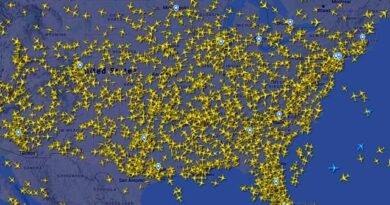Startle Effect in Aviation
The startle effect, also known as the startle response, is a sudden and involuntary reaction to a sudden, unexpected, or loud stimulus. It is a natural response that triggers the body’s “fight or flight” response, which prepares it to respond quickly to potential danger.
In aviation, the startle effect can be particularly dangerous, as it can cause pilots to make hasty or incorrect decisions, which can lead to accidents. For example, if a pilot is startled by an unexpected noise or sudden turbulence, they may make a sudden movement or pull on the controls, which can cause the aircraft to become unstable or enter a dangerous attitude.
Several factors can contribute to the startle effect in aviation, including fatigue, stress, and distractions. It can also be exacerbated by certain types of cockpit design or equipment, such as alarm systems that are overly sensitive or difficult to distinguish from other sounds in the cockpit.
Training on Startle Response
To mitigate the risks associated with the startle effect, aviation organizations and regulators have developed various strategies, such as providing training to help pilots recognize and manage the startle response, improving cockpit design and equipment, and implementing standardized procedures for responding to unexpected events.
One example of such a strategy is the implementation of a “threat and error management” (TEM) approach, which focuses on identifying and managing potential threats and errors before they escalate into more serious incidents. This approach includes strategies such as pre-flight planning, effective communication, and the use of checklists and standard operating procedures.
In conclusion, the startle effect is a natural and involuntary response that can have serious consequences in aviation. By understanding and managing the factors that contribute to the startle effect, pilots and aviation organizations can improve safety and reduce the risk of accidents.
References:
- Civil Aviation Authority (CAA). (2018). Startle and surprise: An introduction. Retrieved from https://publicapps.caa.co.uk/docs/33/StartleandSurprise.pdf
- Federal Aviation Administration (FAA). (2015). Startle and surprise in aviation. Retrieved from https://www.faa.gov/news/safety_briefing/2015/media/MayJun2015.pdf
- Reason, J. (1990). Human Error. Cambridge University Press.
- Shappell, S. A., & Wiegmann, D. A. (2001). The human factors analysis and classification system (HFACS). In Proceedings of the 11th International Symposium on Aviation Psychology (pp. 9-14).



